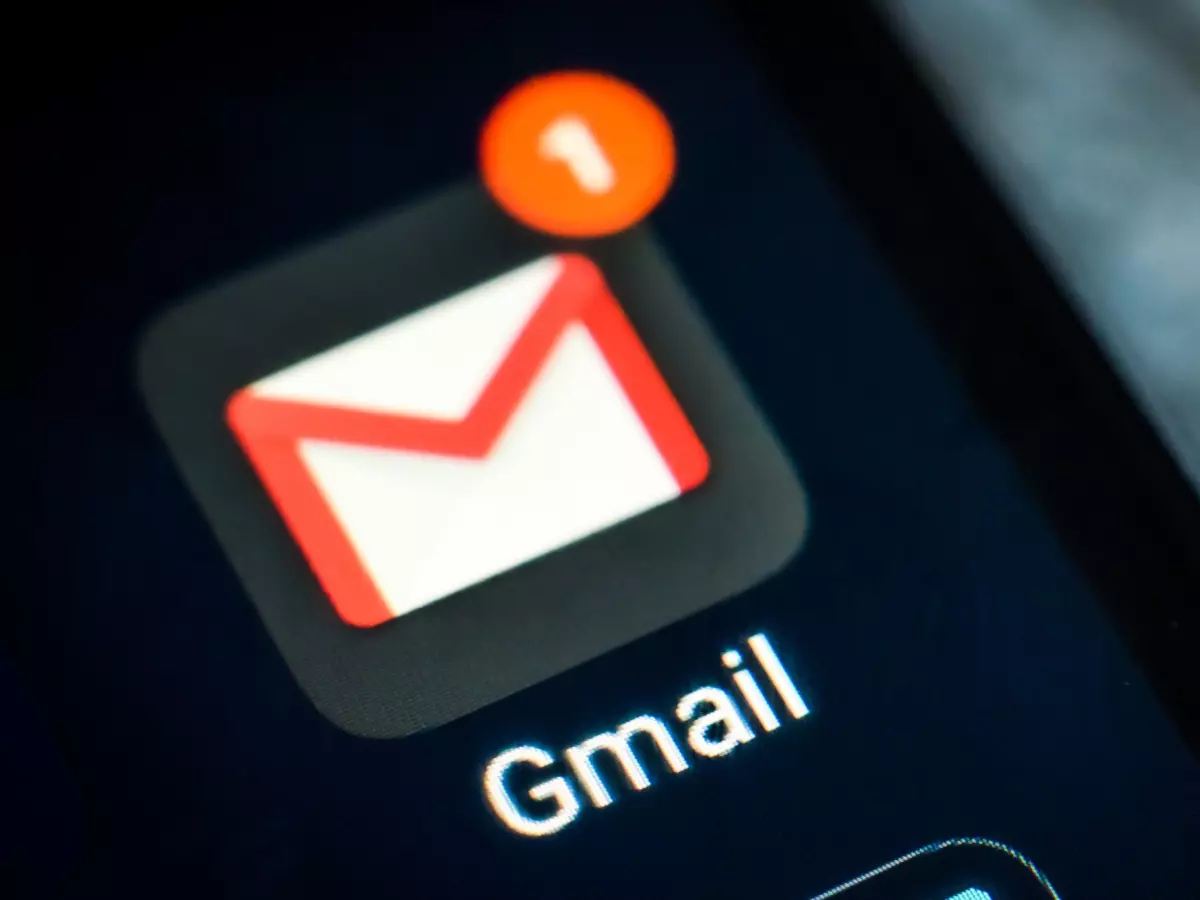New Gmail Feature Will Save You Against Malicious Attacks, Without You Even Knowing
Gmail has introduced a new security feature based on deep learning algorithm. The deep learning algorithms will be used to scan through an email for any such malicious attachments. Google has already been using the safety feature since late 2019 and to date has increased the daily detection of fishy scripts in Office documents through it by as much as 10%

We have all been warned against opening any links contained inside emails from an unrecognised source. While precautionary measures from the user¡¯s end are always advised, Gmail might just help us out with this by making sure that such fishy emails never reach our inbox.
A new security feature by Gmail based on deep learning algorithm will do just that. Though we will never see the feature at work as it operates in the back-end, it seems to be the best security wall that Gmail has come up with for protecting its users against such targeted attacks.
The deep learning algorithms will be used to scan through an email for any such malicious attachments. Google has already been using the safety feature since late 2019 and to date, has increased the daily detection of fishy scripts in Office documents through it by as much as 10%.
 (Representative Image: Shutterstock)
(Representative Image: Shutterstock)
Google explains the working in detail, stating ¡°Our technology is especially helpful at detecting adversarial, bursty attacks. In these cases, our new scanner has improved our detection rate by 150%. Under the hood, our new scanner uses a distinct TensorFlow deep-learning model trained with TFX (TensorFlow Extended) and a custom document analyzer for each file type. The document analyzers are responsible for parsing the document, identifying common attack patterns, extracting macros, deobfuscating content, and performing feature extraction.¡±
This is not the first scanning blockade put up by Gmail for emails. The new scanner, however, will work in tandem with the existing ones. An email would then be passed on to the intended recipient only if it passes through all these tests in place.
A point to note here is that the new scanner will only work for Microsoft Office files, as these comprise the largest portion of the malicious files used in targeted attacks. For other malicious file attachments, users will still have to take a call on whether to open and use them or not.
